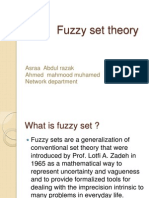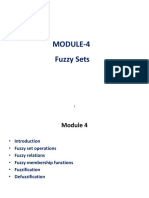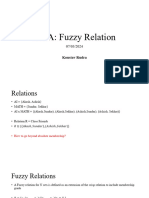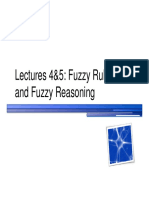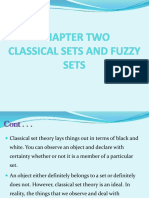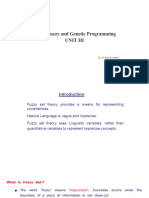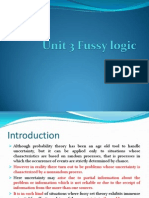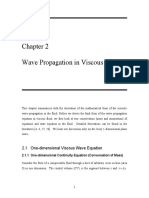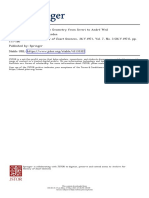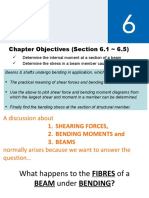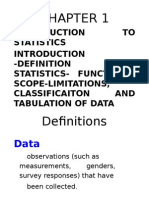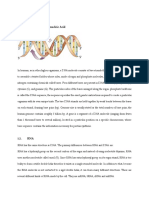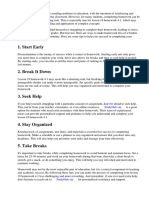0% found this document useful (0 votes)
19 views23 pagesFuzzylogic Lab File
The document outlines a series of experiments conducted using MATLAB to explore fuzzy logic and neural networks, specifically focusing on fuzzy sets, relations, and membership functions. Key experiments include obtaining union, intersection, and complement of fuzzy sets, finding fuzzy relations using max-min composition, and plotting triangular and Gaussian membership functions. The document serves as a practical guide for implementing fuzzy logic concepts through programming.
Uploaded by
D51Nikhil SrivastavaCopyright
© © All Rights Reserved
We take content rights seriously. If you suspect this is your content, claim it here.
Available Formats
Download as DOCX, PDF, TXT or read online on Scribd
0% found this document useful (0 votes)
19 views23 pagesFuzzylogic Lab File
The document outlines a series of experiments conducted using MATLAB to explore fuzzy logic and neural networks, specifically focusing on fuzzy sets, relations, and membership functions. Key experiments include obtaining union, intersection, and complement of fuzzy sets, finding fuzzy relations using max-min composition, and plotting triangular and Gaussian membership functions. The document serves as a practical guide for implementing fuzzy logic concepts through programming.
Uploaded by
D51Nikhil SrivastavaCopyright
© © All Rights Reserved
We take content rights seriously. If you suspect this is your content, claim it here.
Available Formats
Download as DOCX, PDF, TXT or read online on Scribd
/ 23
